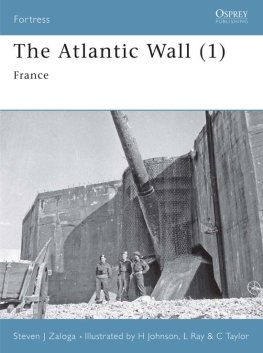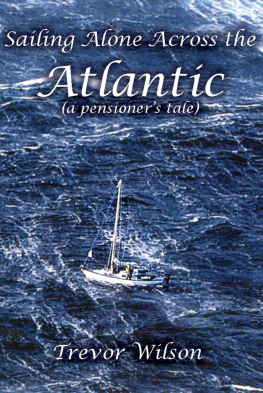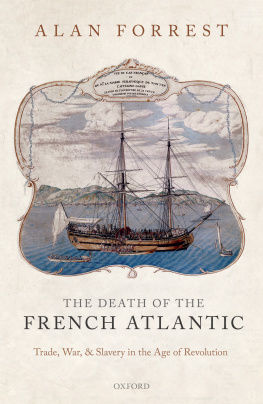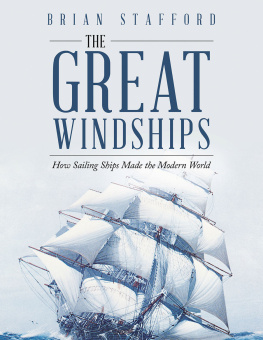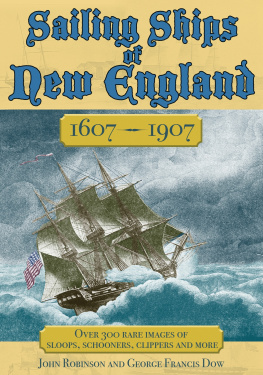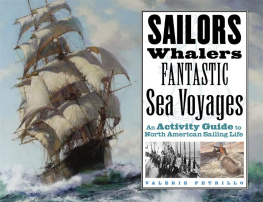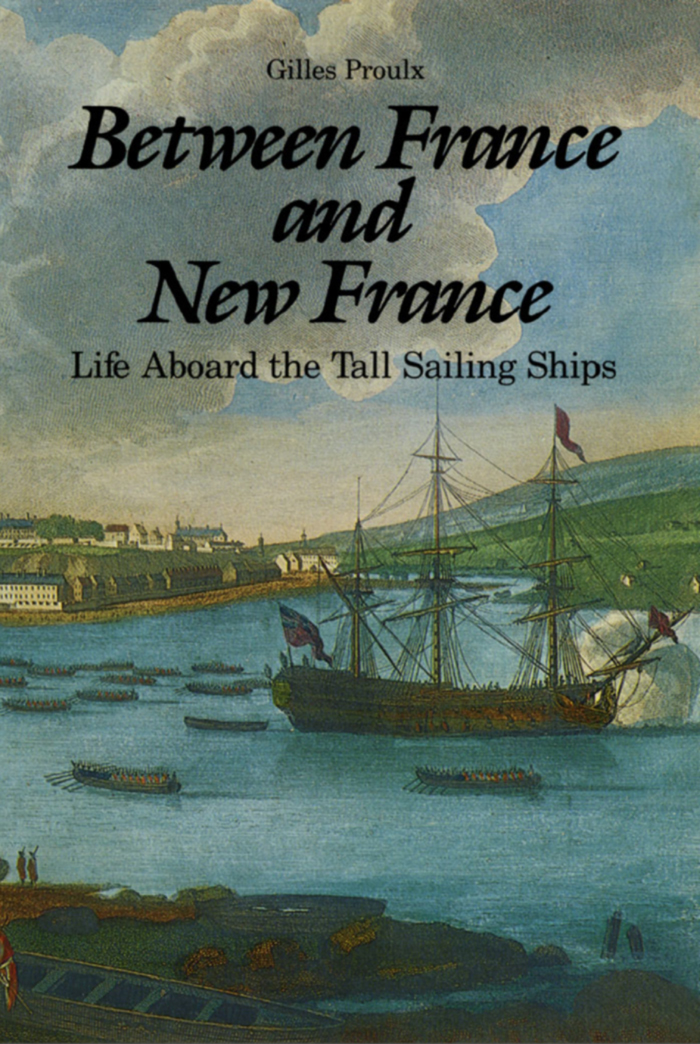Between France
and
New France
Life Aboard the Tall Sailing Ships
by Gilles Proulx
Published by Dundurn Press Limited
in co-operation with Parks Canada
and the Canadian Government Publishing
Centre, Supply and Services Canada
Dundurn Press Limited
Toronto and Charlottetown
1984
Copyright Minister of Supply and Services Canada 1984
Catalogue number RG62-129/1984E
All rights reserved. No part of this publication may be reproduced, stored in a retrieval system, or transmitted in any form or by any means, electronic, mechanical, photocopying, recording, or otherwise (except brief passages for purposes of review) without the prior written permission of the Minister of Supply and Services Canada.
The publication of this book was made possible through the assistance of Parks Canada and the Canadian Government Publishing Centre, Supply and Services Canada. The publisher also wishes to acknowledge the ongoing support of the Canada Council and the Ontario Arts Council.
J. Kirk Howard, Publisher
Copy editor: Blaine R. Beemer
Design and Production: Ron and Ron Design Photography
Typesetting: Q Composition Incorporated
Printing and Binding: Marquis Printing, Canada
Dundurn Press Limited
P.O. Box 245, Station F,
Toronto, Canada
M4Y 2L5
Canadian Cataloguing in Publication Data
Proulx, Gilles
Between France and New France
Translation of: Entre France et Nouvelle-France.
Published in collaboration with Parks Canada.
Includes index.
Bibliography: p.
ISBN 0-919670-81-4 (bound). ISBN 0-919670-80-6 (pbk).
1. Sailing North Atlantic Ocean History 18th
century. 2. Ocean travel North Atlantic Ocean
History 18th century. 3. Sailing ships France
History: 18th century. 4. Sailing ships Canada
History 18th century. 5. Seafaring life North
Atlantic Ocean History 18th century. 6. Canada
History To 1763 (New France).
I. Parks Canada.
II. Title.
VK18.P7613 1984 910.091631 C84-099216-5
Between France
and
New France
Life Aboard the Tall Sailing Ships
by Gilles Proulx
Acknowledgements
This book is based on research undertaken to develop Battle of the Ristigouche National Historic Park and broaden our understanding of the maritime background to the 1760 event. Thanks to the support of Parks Canada and my colleagues, the results of this research are now available to a wider public.
In gathering information from various archives in Canada, France and Great Britain, I was greatly aided by the co-operation and advice of staff members of the following institutions: the Archives nationales and the Bibliotheque nationale in Paris, the Archives maritimes de Paris (Vincennes), the Archives maritimes de Rochefort, the Bordeaux and La Rochelle departmental archives, the Musee de la Marine in Paris, the National Maritime museum in Greenwich, the Public Record Office in London, the archives of the Monastere de lHtel-Dieu in Quebec City, the Musee de Sainte-Anne-de-Beaupre and the Public Archives of Canada.
I am particularly grateful to professors Lucien Campeau of the University of Montreal and Jacques Mathieu of Laval University, as well as to my Parks Canada colleagues - Michel P. de Courval, Marc Lafrance and Louis R. Richer - who agreed to read my manuscript and suggested a number of corrections. I would also like to mention the help of Professor James Pritchard of Queens University and of Real Boissonnault of Parks Canada; these gentlemen graciously provided many references. Sincere thanks also go to Noella Gauthier and Judith Labbe, who had the difficult task of transcribing my manuscript.
Finally, I am greatly indebted to my wife, Cecile Bilodeau, for her understanding.
G.P.
Contents
List of Illustrations
Preface
Between France and New France is a study of life aboard the sailing vessels that plied the North Atlantic during the heyday of the French colonial effort in North America. It analyses four major aspects of these early trans-Atlantic crossings and examines maritime communications in the age of sail.
The volume of traffic and the types of vessels are evidence of the roles of the French state and the private shipowners in defending New France and furnishing it with supplies. At the mercy of fickle winds, these ships followed a course where uncertainty prevailed, both in the duration of the crossings and in the risk of accidents. This challenge demanded a sustained effort from both the crews manning the vessels - to carry out their back-breaking work and the crowded passengers in their care to co-exist despite the diversity of social backgrounds. The physical and psychological living conditions aboard ship afforded few luxuries to either the crews or the passengers in an environment of restrictions.
All the traces of these sailors lives seem to have vanished as quickly as the wakes of the ships that bore them across the seas, and the history of trans-Atlantic communications is no doubt the poorer for this loss. Fortunately, the captains and the passengers had the time to record their impressions of the voyages, and from their diaries and letters I have drawn this portrait of life aboard ship.
Abbreviations
ADM | Admiralty |
AM | Archives maritimes |
AN | Archives nationales |
CHR | Canadian Historical Review |
HCA | High Court of Admiralty |
MG | Manuscript Group |
NF | New France |
NMC | National Map Collection |
PAC | Public Archives of Canada |
PRO | Public Record Office |
PUF | Presses universitaires de France |
PUL | Presses de lUniversit Laval |
Monetary unit
The monetary unit used in this text is the livre. It contained 20 sols, and there were 12 deniers in a sol. The livre was worth some 20 to 23 times less than the English pound in the first half of the eighteenth century.
Introduction
From 1534 to 1760, from Jacques Cartier to Franois Chnard de la Giraudais, thousands of fishing, commercial, and war vessels sailed across the Atlantic Ocean between France and New France. In chronicling the history of New France, many historians have examined the political, economic, social, and cultural relationships that existed between the colony and the mother country. There has been little study, however, of the maritime setting of this relationship, that is, the world of sailing vessels and their crews and passengers. In recent years, historians have turned their attention to the study of material civilization. This trend, and the resulting speculations about daily life in past societies, have raised questions regarding the nature of maritime communications between France and New France. We can learn much about these two societies from their actions - the many decisions, preparations, and endeavours, and the determination required to succeed in crossing the Atlantic. The growth of New France owes much of its dynamism to the ways in which the French planned and carried out the challenge of crossing the ocean.







